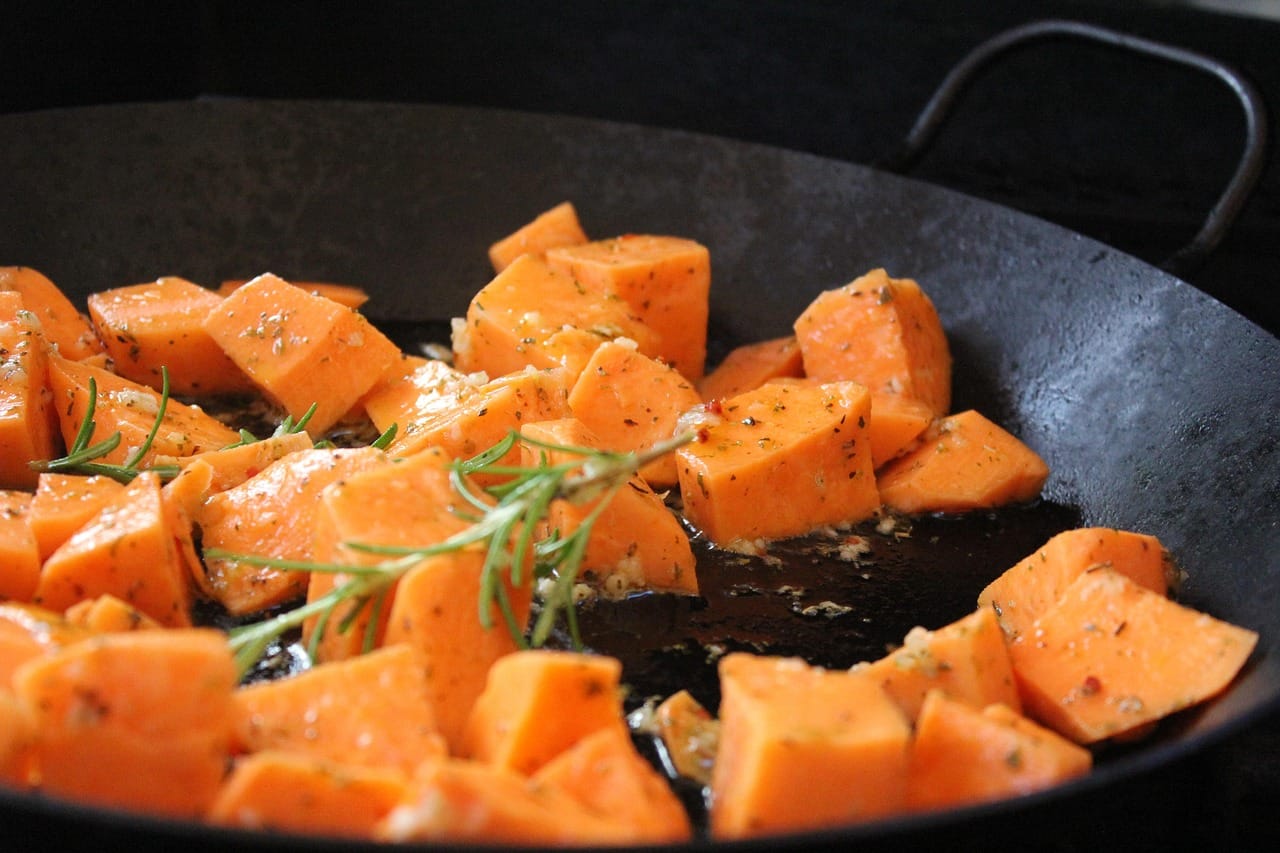The vibrant colors, the buttery crust, the sweet and tangy filling – few desserts are as captivating as a fruit tart. This classic treat is more than just a pretty face; it’s a celebration of seasonal flavors and culinary artistry. Whether you’re a seasoned baker or a dessert enthusiast, understanding the nuances of a fruit tart is the key to creating a truly unforgettable experience. This guide will take you through everything you need to know, from crafting the perfect pastry to arranging the fruit with professional flair.
The All-Important Crust
The foundation of any good fruit tart is a well-made crust. It’s what provides the structure and complements the sweet filling and fresh fruit. Choosing the right type of pastry and executing it flawlessly is crucial.
Pate Sucrée vs. Pate Sablée
Two common types of pastry dough used for fruit tarts are Pate Sucrée (sweet pastry) and Pate Sablée (sandy pastry).
- Pate Sucrée: This dough has a higher sugar content, resulting in a crispier, more delicate crust. It’s often favored for its slightly sweet flavor that balances the tartness of the fruit.
- Pate Sablée: This dough has a higher butter content, giving it a more crumbly, “sandy” texture. It’s also slightly richer in flavor than Pate Sucrée.
The best choice depends on personal preference and the type of fruit tart you’re making. For brighter, more acidic fruits, Pate Sucrée can be a great choice. For richer, more decadent fruit fillings, Pate Sablée might be the better option.
Achieving the Perfect Texture
Getting the texture just right can be tricky. Here are some tips:
- Keep Ingredients Cold: Cold butter is essential for creating distinct layers in the dough, which leads to a flaky crust. Use ice water and ensure your butter and other ingredients are properly chilled.
- Don’t Overmix: Overmixing develops gluten, resulting in a tough crust. Mix only until the dough just comes together.
- Rest the Dough: Resting the dough in the refrigerator allows the gluten to relax, making it easier to roll out and prevents shrinking during baking. Aim for at least 30 minutes, or even overnight.
- Blind Baking: Blind baking involves pre-baking the crust before adding the filling. This prevents the crust from becoming soggy. Use pie weights or dried beans to weigh down the parchment paper lining the crust. Bake until lightly golden.
Practical Example: Pate Sucrée Recipe
Here’s a simple Pate Sucrée recipe:
Ingredients:
- 1 1/4 cups all-purpose flour
- 1/2 cup (1 stick) unsalted butter, cold and cubed
- 1/4 cup powdered sugar
- 1/4 teaspoon salt
- 1 large egg yolk
- 2-3 tablespoons ice water
Instructions:
The Delightful Filling
The filling provides a creamy, flavorful base for the fruit. Common fillings include pastry cream, almond cream (frangipane), and even simple whipped cream. The choice of filling should complement the fruit being used.
Types of Fillings and Their Flavors
- Pastry Cream (Crème Pâtissière): A classic choice, pastry cream is rich, smooth, and vanilla-flavored. It provides a sturdy base for the fruit and adds a touch of elegance.
- Almond Cream (Frangipane): Frangipane is made with ground almonds, butter, sugar, and eggs. It has a nutty, slightly marzipan-like flavor and a moist, tender texture. It pairs exceptionally well with stone fruits like peaches and plums.
- Lemon Curd: A tangy and vibrant option, lemon curd adds a bright, citrusy note that balances the sweetness of the fruit.
- Mascarpone Cream: Lighter than pastry cream, mascarpone cream adds a subtle sweetness and creamy texture without overpowering the fruit.
Making a Flavorful Filling
- Use High-Quality Ingredients: The flavor of the filling depends on the quality of the ingredients. Use fresh eggs, real vanilla extract, and good-quality butter.
- Proper Cooking Techniques: For pastry cream, cook the mixture over medium heat, stirring constantly, until it thickens. This prevents scorching and ensures a smooth texture.
- Flavor Enhancements: Consider adding a touch of citrus zest, liqueur, or spices to enhance the flavor of the filling.
Example: Simple Pastry Cream Recipe
Ingredients:
- 2 cups whole milk
- 1/2 cup granulated sugar
- 1/4 cup cornstarch
- 1/4 teaspoon salt
- 4 large egg yolks
- 2 tablespoons unsalted butter
- 1 teaspoon vanilla extract
Instructions:
The Star of the Show: The Fruit
Choosing and preparing the fruit is where the artistry of fruit tart making truly shines. Consider seasonal availability, color contrast, and flavor pairings when selecting your fruit.
Selecting and Preparing Fruit
- Freshness is Key: Use ripe, but firm, fruit for the best flavor and texture. Avoid fruit that is bruised or damaged.
- Seasonal Availability: Take advantage of seasonal fruits when they are at their peak flavor.
- Prepare Properly: Wash and dry the fruit thoroughly. Remove any pits, seeds, or stems. Slice the fruit thinly and evenly for a visually appealing presentation.
- Prevent Browning: Some fruits, like apples and pears, can brown quickly after being cut. To prevent this, toss them with a little lemon juice.
Fruit Combinations and Flavor Pairings
Experiment with different fruit combinations to create unique flavor profiles.
- Berries: Strawberries, raspberries, blueberries, and blackberries pair well with pastry cream, lemon curd, or mascarpone cream.
- Stone Fruits: Peaches, plums, apricots, and nectarines are delicious with almond cream or pastry cream.
- Citrus Fruits: Oranges, grapefruits, and mandarins can be used to create a tangy and refreshing tart.
- Tropical Fruits: Mangoes, pineapples, and kiwis add an exotic touch and pair well with coconut cream or lime curd.
- Example Combinations:
Strawberry and raspberry with vanilla pastry cream
Peach and almond with frangipane
* Mixed berries with lemon mascarpone cream
Arranging the Fruit
The arrangement of the fruit can elevate a simple tart into a stunning masterpiece. Here are some techniques:
- Concentric Circles: Arrange the fruit in concentric circles, starting from the outside and working your way towards the center.
- Overlapping Slices: Overlap the fruit slices slightly to create a layered effect.
- Random Arrangement: For a more rustic look, arrange the fruit in a random pattern.
- Color Contrast: Use fruits of different colors to create visual interest.
- Garnish: Add a few fresh mint leaves or edible flowers for a final touch.
Glazing and Finishing Touches
Glazing the fruit adds shine and helps to preserve its freshness. It also enhances the overall presentation of the tart.
Preparing the Glaze
- Apricot Glaze: A common choice, apricot glaze is made by heating apricot jam or preserves with a little water or lemon juice, then straining it through a fine-mesh sieve.
- Neutral Glaze: A neutral glaze can be made by dissolving gelatin in water and adding a little sugar or honey.
- Other Options: You can also use apple jelly or quince jelly for a different flavor and color.
Applying the Glaze
- Brush: Use a pastry brush to apply the glaze evenly over the fruit.
- Heat: Gently heat the glaze before applying it to make it easier to spread.
- Thin Layers: Apply thin layers of glaze to avoid a sticky or overly sweet finish.
Additional Finishing Touches
- Dusting: A light dusting of powdered sugar can add a touch of elegance.
- Chocolate Shavings: Sprinkle chocolate shavings over the tart for a decadent touch.
- Nuts: Toasted nuts can add a crunchy texture and nutty flavor.
- Edible Flowers: Add edible flowers for a beautiful and elegant presentation.
Conclusion
Creating a stunning and delicious fruit tart is a rewarding experience. By mastering the fundamentals of the crust, filling, fruit selection, and finishing touches, you can impress your friends and family with this classic dessert. Remember to focus on using high-quality ingredients, perfecting your techniques, and letting your creativity shine through in the fruit arrangement. Don’t be afraid to experiment with different flavors and combinations to create your own signature fruit tart! Enjoy the process and savor the sweet success!




